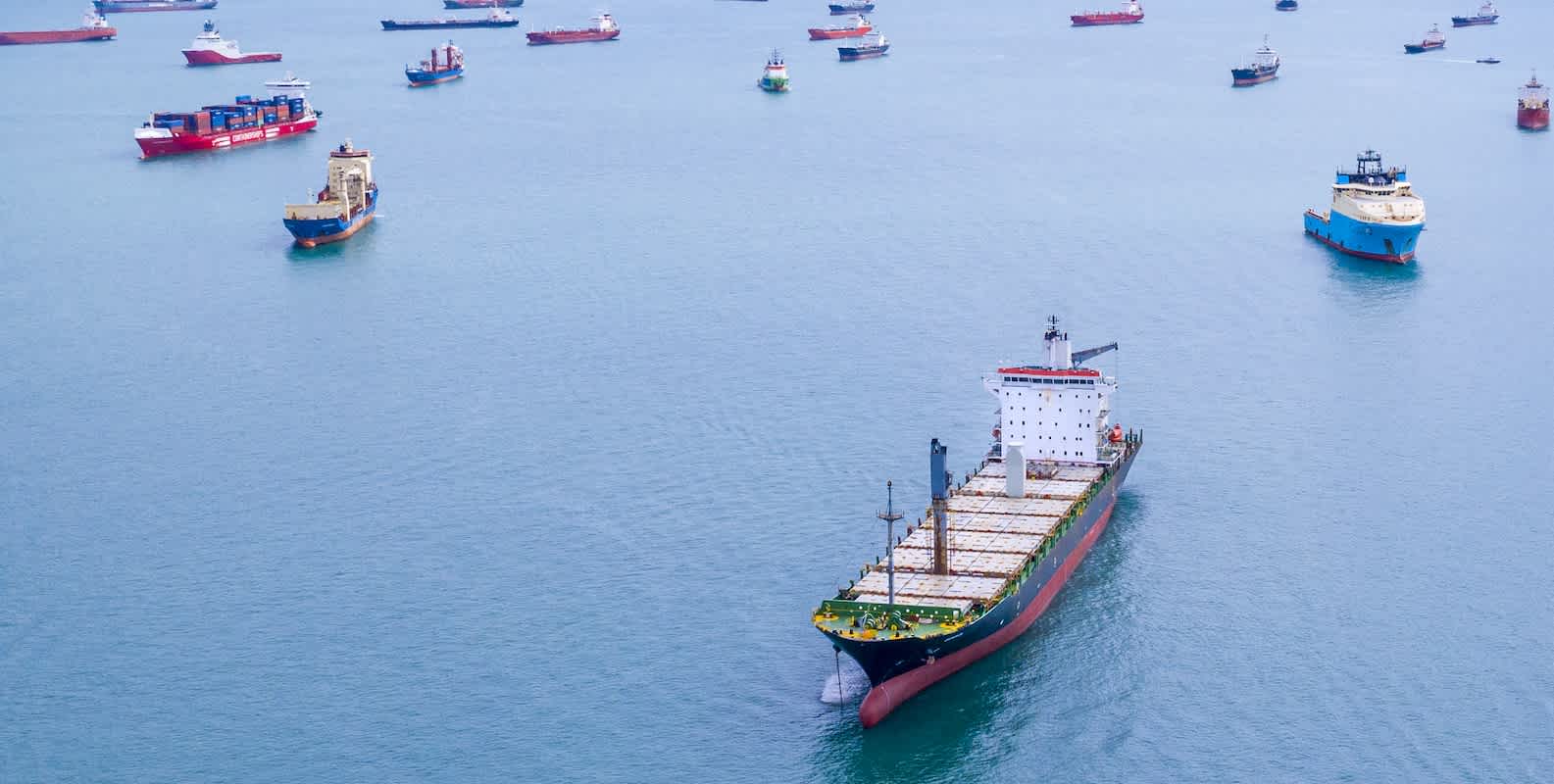Market Update
Freight Market Update: August 29, 2024
North America vessel dwell times and other updates from the global supply chain | May 17, 2023
Freight Market Update: August 29, 2024
Trends to Watch
[Update on Canada Railroad Labor Negotiations]
- As of August 24, 2024, the Canada Industrial Relations Board (CIRB) has mandated binding arbitration between the CN, CPKC, and the Teamsters Canada Rail Conference (TCRC). Additionally, the CIRB has prohibited any further labor stoppages, including lockouts or work stoppages, during the arbitration process. Consequently, the work stoppage notice recently issued to CN by the Teamsters is now null and void.
- Both CN and CPKC workers have returned to work as of Monday morning in Canada, in accordance with the CIRB’s directive. CPKC has requested that TCRC employees return to work for the day shift on Sunday to quickly restart the Canadian economy and minimize further disruptions to supply chains.
- While they will comply with the CIRB’s decision, the Teamsters will also appeal the ruling in federal court.
[Ocean - TPEB]
- Departed volumes remain strong, heavily supported by the injection of extra loader capacity to ease the backlog caused by the cargo rush from May to July. However, current healthy inventory levels reported by clients may soften demand in the upcoming weeks, especially as we see structurally blank sailings due to Cape of Good Hope (COGH) routings and port congestion in Asia and North America. Due to adverse weather conditions around the COGH, please expect further delays and capacity challenges to the U.S. East Coast. On a positive note, water levels at Gatun Lake have recovered, and the local authorities have eased weight restrictions for the Panama Canal.
- Carriers are implementing blank sailing plans that will affect Weeks 38 through 41 to adjust capacity on the TPEB route in preparation for the upcoming Golden Week holiday. Expect changes in sailing schedules or transit times, especially for transshipment connections, as blank sailings may result in rolls to the next available schedule.
- Floating rates: The September 1 General Rate Increase (GRI) has been announced and will be implemented at similar coastal levels by all major ocean carriers.
- Fixed rates: Peak Season Surcharge (PSS) discussions remain unchanged. Given the upcoming September 1 GRI, which has widened the rate gap between FAK and Fixed, expect the PSS to hold for September 1 with no mitigation.
[Ocean - FEWB]
- Demand is declining, with voided plans and extra loaders both contributing to reduced activity at the end of August. Vessel utilization is relatively stable. However, in September, with delayed vessels returning to Asia, the market will have more capacity than in August. Carriers are now pushing to fill vessels by increasing cargo volumes.
- Floating rates have decreased further for the first half of September, but remain higher than in early 2024, following the Chinese New Year. Carriers are now taking a more proactive approach to adjusting rates to optimize vessel utilization.
- Long-term named account business still faces restrictions from carriers regarding space and equipment priority. While the equipment shortage is improving, some ports of loading (POLs) with fewer direct calls are still experiencing potential shortages for specific container types, such as 20’GPs and 45’HCs.
[Ocean - TAWB]
- In the Mediterranean (MED), rates have been extended, and carriers plan to increase them in October. In Northern Europe (NEUR), carriers remain confident about implementing a Peak Season Surcharge (PSS) due to strong vessel utilization.
- Equipment shortages persist in certain areas of South and East Germany, as well as in the Hinterlands. However, no further strikes are currently anticipated at German ports.
- Our main concern at present is the potential for a work stoppage in the U.S. It remains advisable to book in advance to secure space and equipment.
[Ocean - U.S. Exports]
- Capacity from the U.S. to ports in the Indian subcontinent and Middle East remains tight due to vessel omissions and blank sailings. Service strings dependent on feeder services to the final port of discharge (POD) are experiencing reduced capacity as vessels are reassigned to headhaul trades and congestion is complicating the reliability of feeder lanes.
- Challenges concerning earliest return dates (ERDs) persist for U.S. exporters. To ensure the smoothest loading experience, we recommend booking 2 weeks in advance for coastal ports, and 3-4+ weeks in advance for inland rail points.
[Air - Global]
- Weekly air cargo decline: Air cargo tonnages fell by 7% in week 33 (August 12-18) compared to the previous week, with significant declines from Asian-Pacific (-9%) and European (-11%) origins due to a typhoon in Japan and European national holidays.
- Impact of typhoon and holidays: The typhoon in Japan drove 6% of the total 9% drop in Asia-Pacific tonnages, while European national holidays accounted for 9% of the 11% decline in European tonnages.
- Adjusted global decline: Adjusted for the effects of the typhoon and holidays, the global week-on-week decline in air cargo tonnages is 2% rather than 7%, indicating a slight weakening in air cargo tonnages compared to July's performance.
- Year-on-year cargo growth: Air cargo tonnages in week 33 increased by 9% YoY, with increases of +10% from the Asia-Pacific and +8% from Europe, compared to the same period last year.
- Spot market and pricing trends: Average worldwide air cargo rates rose by 1% WoW to $2.49 per kilo, marking a 45% increase since August 2019 and an 11% YoY increase. This shift is driven by a 57% rise from the Middle East and South Asia, and a 22% rise from the Asia-Pacific.
Please reach out to your account representative for details on any impacts to your shipments.
North America Vessel Dwell Times

Webinars
Strategic Scenario Planning for the Rest of 2024
Thursday, September 5 @ 7:00 am PT / 10:00 am ET / 15:00 BST / 16:00 CEST
Optimizing Duty Drawback for Maximum Refunds
Wednesday, September 11 @ 9:00 am PT / 12:00 pm ET
North America Freight Market Update Live
Thursday, September 12 @ 9:00 am PT / 12:00 pm ET
Flexport Ocean Timeliness Indicator
The Ocean Timeliness Indicator is on the rise for China to the U.S. West Coast, while China to the U.S. East Coast drops and China to Europe plateaus.
Week to August 26, 2024
This week, the Ocean Timeliness Indicator showed an uptick for China to the U.S. West Coast, rising from 36 to 37.5 days. Meanwhile, China to Northern Europe plateaued at 71.5 days, and China to the U.S. East Coast dropped from 61 to 57.5 days.

Please direct questions about the Flexport OTI to press@flexport.com.
See the full report and read about our methodology here.
The contents of this report are made available for informational purposes only. Flexport does not guarantee, represent, or warrant any of the contents of this report because they are based on our current beliefs, expectations, and assumptions, about which there can be no assurance due to various anticipated and unanticipated events that may occur. Neither Flexport nor its advisors or affiliates shall be liable for any losses that arise in any way due to the reliance on the contents contained in this report.




